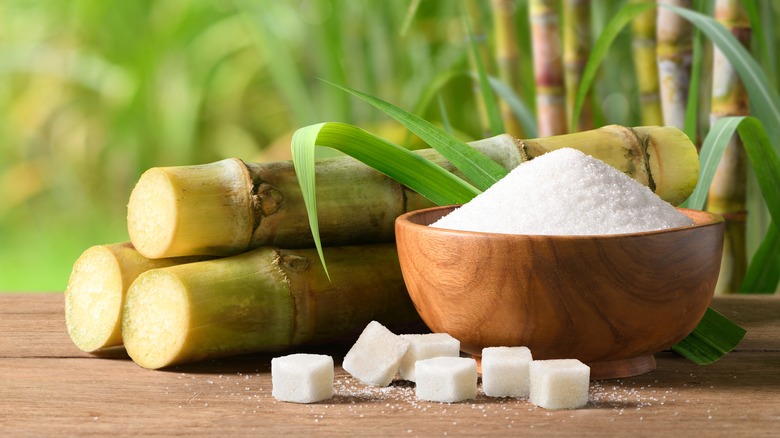Recognizing the Nutritional Benefits of Beet Sugar Vs Walking Cane Sugar for Wellness Conscious Customers
When taking a look at the nutritional ramifications of beet sugar versus walking cane sugar, health-conscious customers locate that both selections mostly include sucrose and deal similar calorie worths, each contributing about 16 calories per tsp. Despite this similarity, neither type confers substantial health advantages, as they are lacking important nutrients. Discovering the wider effects, consisting of ecological considerations and long-lasting wellness impacts of sugar consumption, might light up extra nuanced differences in between these two sugars.
Nutritional Profile and Caloric Value of Beetroot Sugar and Walking Stick Sugar
Although both beetroot sugar and cane sugar are mostly composed of sucrose, their nutritional profiles and caloric worths are extremely comparable. Each provides about 16 calories per teaspoon and is composed virtually entirely of carbs, with marginal quantities of healthy protein or fat. These sugars likewise do not have significant amounts of vitamins or minerals. The improvement procedure remove many of the intrinsic nutrients, rendering both kinds nearly the same in regards to nourishment. There are trace distinctions in the impurities that remain after processing, which can a little influence the flavor and color of the sugars, but these are minimal in terms of health effect. For customers concentrating on nutritional effect, the option in between beetroot and walking cane sugar is a lot more concerning personal preference or possible environmental problems instead of nutritional differences. Both must be eaten in moderation within a balanced diet as a result of their high caloric web content and lack of important nutrients (beet sugar vs cane sugar).
Environmental Influence and Sustainability of Sugar Production
While the nutritional differences between beetroot sugar and walking stick sugar are marginal, their manufacturing procedures offer more substantial variations, particularly in regards to ecological impact and sustainability. Walking stick sugar manufacturing frequently includes extensive land usage and logging, which adds to habitat damage and biodiversity loss. This agriculture is additionally associated with high water intake and water contamination due to the drainage of pesticides and fertilizers. In contrast, he has a good point beet sugar production usually needs much less land and can be grown in even more temperate environments, which may minimize the demand for irrigation and the involved water source deficiency.
However, beetroot best site growing is not without its environmental challenges; it includes considerable power inputs, specifically in the north climates where it is expanded, as a result of the requirement for longer home heating durations in sugar handling. Both sugar beet and sugar cane industries are checking out more lasting techniques, including crop turning, organic farming, and boosted waste management techniques to minimize these effects.
Health And Wellness Results and Recommendations for Sugar Usage
In spite of their very little nutritional differences, both beetroot sugar and walking cane sugar can have destructive wellness impacts when eaten in unwanted. High intake of either kind of sugar adds to a series of health and wellness concerns, including excessive weight, kind 2 diabetes, and heart condition. Both sugars are pure sucrose and offer no essential nutrients in addition to calories, bring about fast spikes in additional resources blood sugar degrees upon consumption.


Conclusion

Comments on “Producers consider beet sugar vs cane sugar when choosing sweeteners for different recipes.”